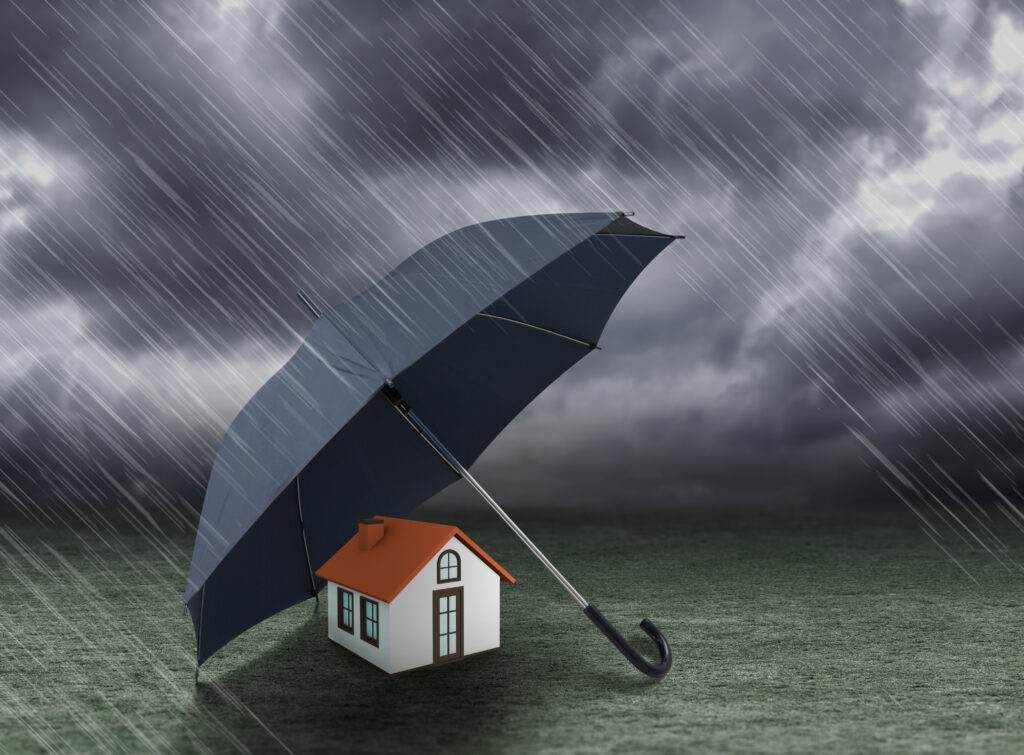Introduction
The decision to waterproof your basement is a very important one for any home. This is because a leaky basement can lead to long-term problems like damaged walls, high humidity, and mold issues. It also affects the quality of the air you breathe. There is also an ongoing debate on whether interior or exterior waterproofing is best for the home. This post will shed some light on the issue and help you make an informed choice.
The Difference Between Interior and Exterior Waterproofing
In interior waterproofing, a small trench is dug around the inside perimeter of your basement. This exposes the old footing drain, which is replaced. This directs the water safely to a sump pump. A waterproofing membrane is secured to the walls and sealed airtight. Water is allowed to enter through the foundation into the system, which is then discharged safely away from the home.
In exterior waterproofing, workers will excavate the outside perimeter of the home. This exposes the foundation wall all the way down to its footing. Workers remove the old footing drain and install a new one. This will direct water safely to a sump pump or storm drain. To stop water from entering through the foundation wall, the wall is painted or covered with a waterproof material.
When to use Exterior Waterproofing
If you have a finished basement already, exterior waterproofing may be the better choice. No demolition will be needed since all the work to install this system is done outside of the home.
Exterior systems require little to no maintenance. They are designed to completely stop water from entering your basement and generally last for a very long time. Exterior waterproofing is a fantastic solution for new construction builds because the soil around the home has yet to be compacted.
When to use Interior Waterproofing
It is better to use interior waterproofing if you have an unfinished basement. Changes will be easier to make because it is more accessible than exterior waterproofing. It can be finished between one to three days, depending on the size of your basement. Interior waterproofing relies on the use of a sump pump, which requires maintenance at least once a year. If your power goes out in bad weather and the sump pump stops working, the basement will flood.
Conclusion
We can clearly see that waterproofing your home or basement is a technical and labor-intensive task that is best left to the experts. If you are looking for an expert solution to waterproof your home, contact B-Dry Systems Boston. We are licensed contractors with years of experience. Hopefully, this post has helped you decide whether interior or exterior waterproofing is the better option for your home. If you are still confused, reach out, and our experts will come over to make an assessment. Give us a call or fill out our online contact form!


